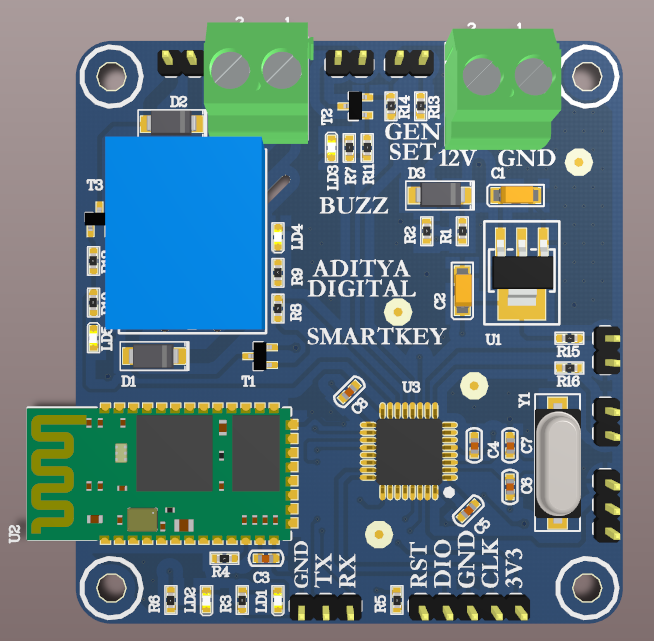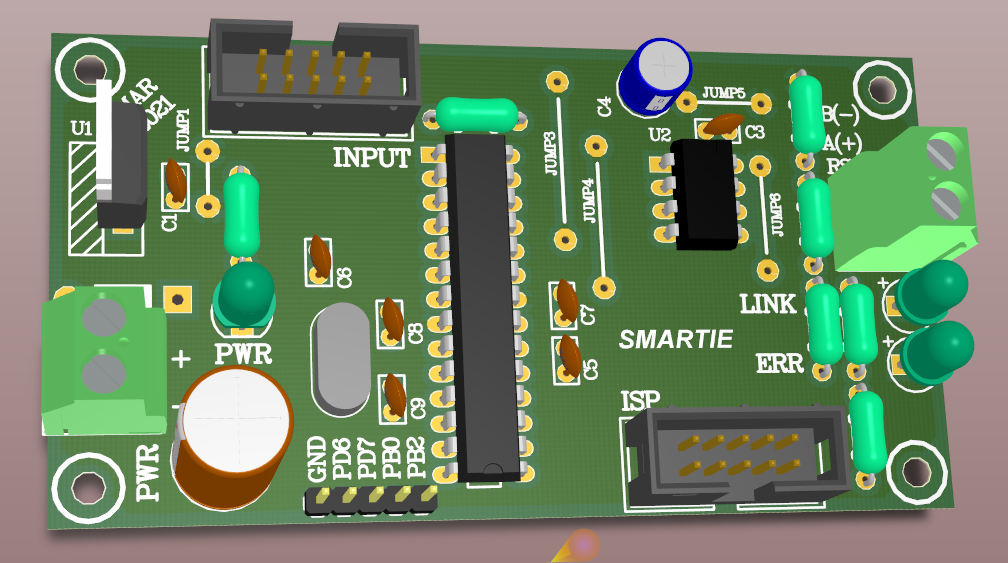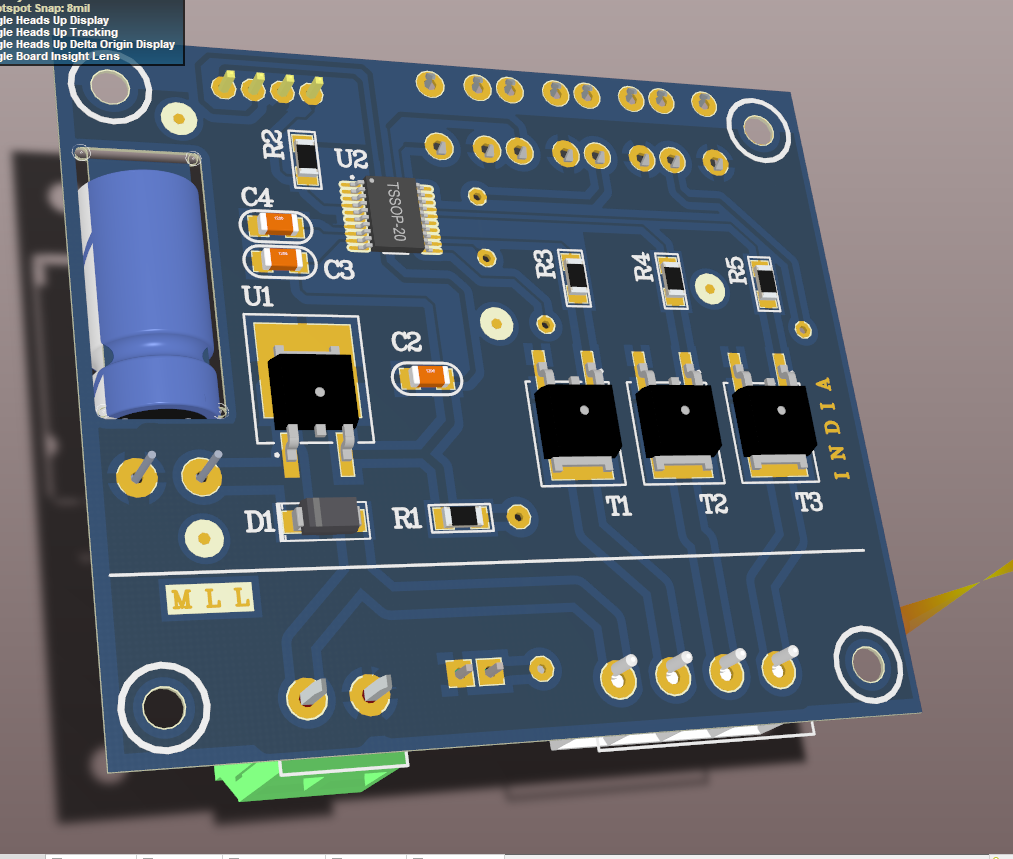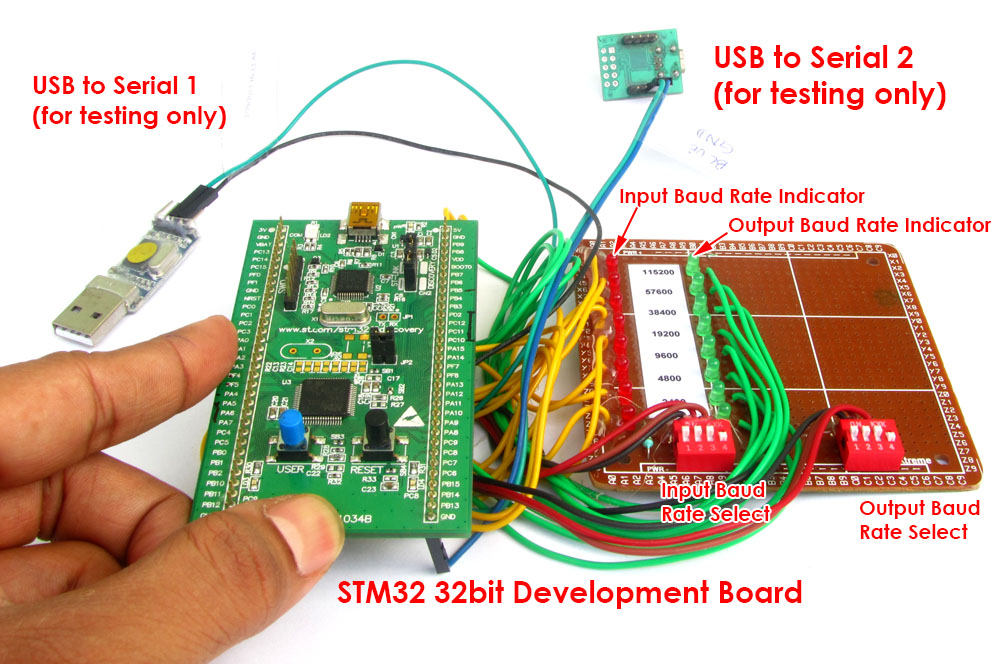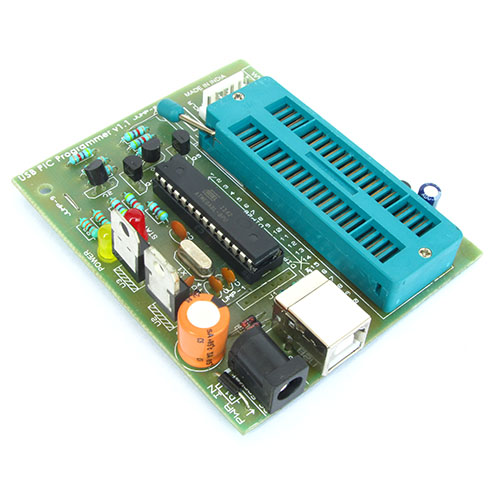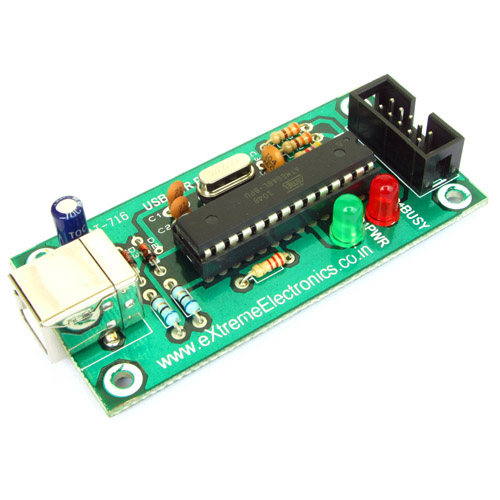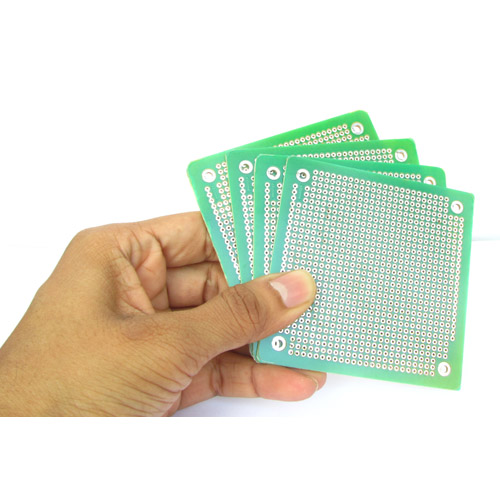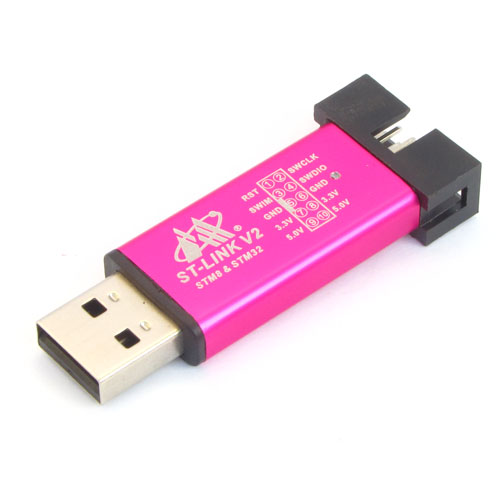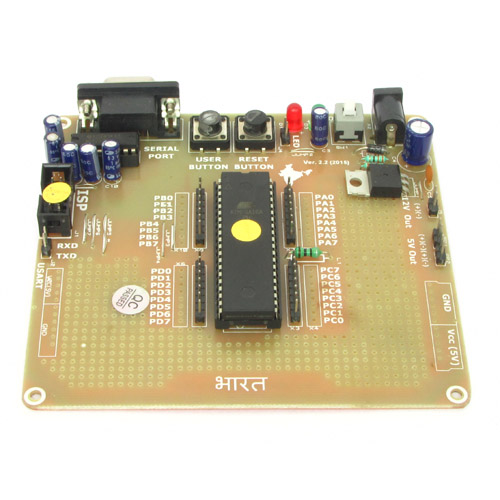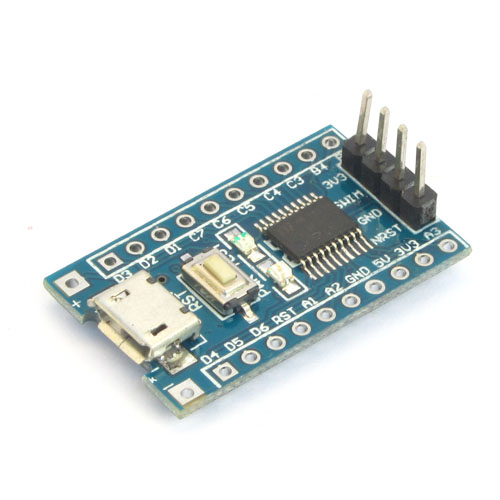For any electronic product power supply is an important part. Some devices are designed to be powered from battery while some others are better powered from household wall power plug. But most electronic circuits requires a lower voltage of 3 to 12 volts while AC mains supply is 240v (In India, other counties may have different voltage), so some kind of converter is required to reduce this voltage without much wastage of energy. At the heart of such converter is a device called Transformer.
A transformer steps downs 240 volts AC voltage from the mains supply line to a smaller voltage like 3v or 6v or 9v or 12v (transformers of various output voltages are available) this voltage is then converted to DC using a diode rectifier.
A transformer works on the principle of electromagnetic induction.
It has two windings of conductive wires (windings are called coils). Input voltage is supplied to the primary windings, alternating current in primary windings induces a voltage in the secondary windings. The voltage developed in secondary coils depends upon the ratio of turns in the primary and secondary coils. If secondary has less number of turns than the primary, the voltage developed in secondary coil would be less than the input voltage provided in the primary coil.
NOTE: Detailed working of transformer and their construction are out of scope of this article. We will only focus on its usage to build power supplies for electronic circuits.

Fig. Windings of transformer

Fig. A Transformer with a current rating of 750 mA
In the image above you can see a real transformer. The red wires are usually the primary.
Center Tapped Transformers
In this type of transformers their are three wires coming out from the secondary windings. The extra one is connected to the exact center of the secondary windings.


Some transformer may also have a small metallic plate in place of wires where you can directly solder the wires.

Fig. A transformer without wires.
Transformers gets bigger in size and heavier in weight as their output current rating is increased.

Schematic Symbol
Transformer is represented in an schematic (circuit diagram) as shown below.

Notes
- Transformers works only with AC only, they do not work with DC sources such as batteries.
- Transformers can also be used to step up voltages.
- Their are also huge transformers about the size of rooms. They are used to step up/step down voltages of entire area of a society. But their discussion is out of scope of this article.
- Transformers are also used from impedance matching in audio circuits. They are smaller than power transformers we are discussing here.
We cordially thanks the following peoples who shared this page on various social networks and insprided us to develop more quality contents!
Aswil Caziba, Utibeabasi Okonnah, Ccccccc, Ahmed, Tajbid Shuvo, Lilian, Kamaruddin,





